When you invest in wooden flooring for your home, you want it to remain looking as pristine and beautiful as the day it was installed for many years to come. Unfortunately, hardwood floors can be easily damaged by oil-based spills if not properly taken care of.
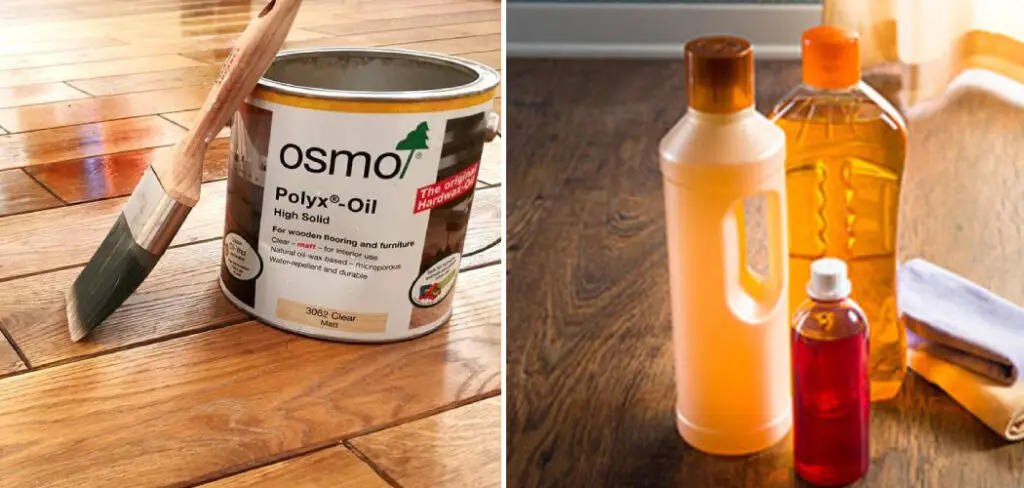
Whether you’ve just moved into a new home or notice your existing wooden floors are stained from oils such as food grease and cooking oil, this blog post will show you exactly how to clean oiled wood floors effectively so that they can look brand new once again! Keep reading to learn our expert tips on how best to remove oil stains from wood surfaces without causing any damage.
Importance of Regular Maintenance for Oiled Wood Floors
Regular maintenance is key to keeping oiled wood floors looking their best. Over time, dirt and grime can build up on the floor, causing it to appear dull and lifeless. Additionally, if not maintained properly, oiled wood floors can become susceptible to damage caused by water or other spills. To prevent this, regularly sweeping and dusting your floors is essential for maintaining their original luster and beauty.
In addition, it is important to clean your oiled wood floors at least once a month. When doing so, avoid using soaps or detergents with added bleach as these can strip away the natural oils that give wood its shine and protection. Instead, use a mild cleaner specifically designed for cleaning wood floors and be sure to rinse off any residue after cleaning.
If your floor needs extra attention, you may want to consider applying a floor refresher product every few months as well in order to keep it looking its best between regular cleanings. Floor refreshers help remove built up dirt and grime while also restoring the natural sheen of your oiled wood flooring.
Brief Explanation of Oiled Wood Floor Types
Wood floors come in many different styles and finishes, but two of the most common types are oiled and sealed wood floors. Oiled wood floors are not as common as sealed wood floors because they require more maintenance than their sealed counterparts. Oiled wood floors tend to show wear faster and can be damaged easily by water or cleaning products. Sealed wood floors do not need to be re-oiled as often, however, they can become scratched when exposed to excessive wear and tear. Knowing which type of floor you have is important for proper care and maintenance.
Oiled wood floors feature a protective finish applied directly onto the surface of the wood that consists of natural oils such as linseed oil or tung oil mixed with solvents. This finish helps to protect the wood from moisture, dirt, and other potential sources of damage. Oiled finishes need to be re-applied regularly in order to maintain their protective qualities. Sealed wood floors are typically finished with a polyurethane or varnish layer that provides a stronger barrier against water and dirt than oiled finishes.
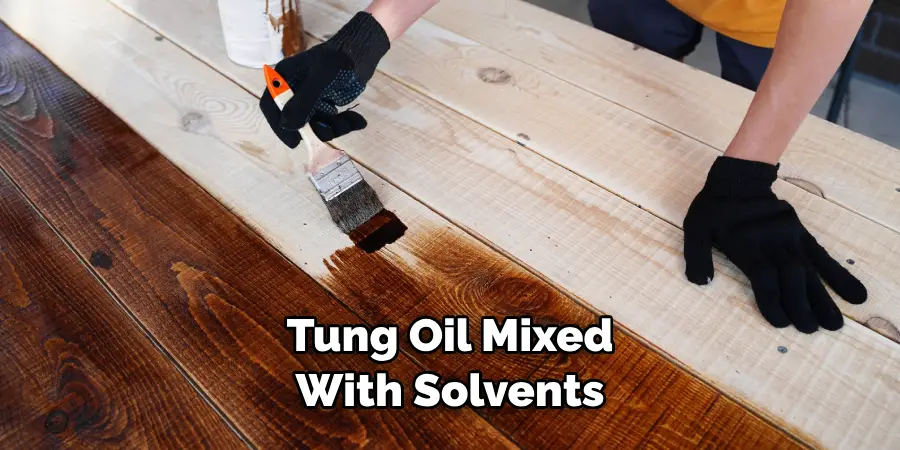
It’s important to know which type of floor you have before attempting any cleaning or maintenance work on your wood floors. Both oiled and sealed wood floors can be damaged by improper treatment, so it is best to familiarize yourself with the care instructions for each type prior to beginning any project. Additionally, knowing how to clean both types of flooring will help ensure that your wood floors remain to look beautiful for years to come.
10 Methods How to Clean Oiled Wood Floors
Method 1: Dusting and Sweeping
The first step in cleaning oiled wood floors is to remove any loose dirt, dust, or debris from the surface. This can be done by dusting the floor with a soft, dry mop or a microfiber cloth. Start from one corner of the room and work your way towards the exit, ensuring that you cover the entire floor area. Pay special attention to the corners and edges where dirt tends to accumulate. Additionally, you can use a broom with soft bristles to sweep the floor gently, being careful not to scratch the wood.
Method 2: Vacuuming
For a more thorough cleaning, you can use a vacuum cleaner with a soft brush attachment. This will help remove fine particles of dust and dirt that may have settled into the crevices of the wood. Make sure to adjust the height setting of the vacuum to prevent it from scratching the floor. Move the vacuum in a gentle back-and-forth motion, covering the entire floor surface.
Method 3: Mopping
To clean oiled wood floors, it’s important to avoid excessive moisture, as it can damage the wood. Therefore, instead of using a wet mop, opt for a damp mop. Fill a bucket with warm water and add a small amount of pH-neutral wood floor cleaner specifically designed for oiled wood floors. Dip a microfiber mop or cloth into the solution, wring it out thoroughly, and then mop the floor in the direction of the wood grain. Remember to change the water and cleaning solution as needed to avoid spreading dirt and grime around.
Method 4: Removing Stains
Inevitably, stains may occur on oiled wood floors. To tackle stains, create a paste by mixing baking soda with water until it forms a thick consistency. Apply the paste to the stained area and gently rub it in with a soft cloth. Let it sit for a few minutes, and then wipe away the paste with a clean, damp cloth. For more stubborn stains, you can use a pH-neutral wood floor cleaner or a specialized stain remover, following the manufacturer’s instructions.
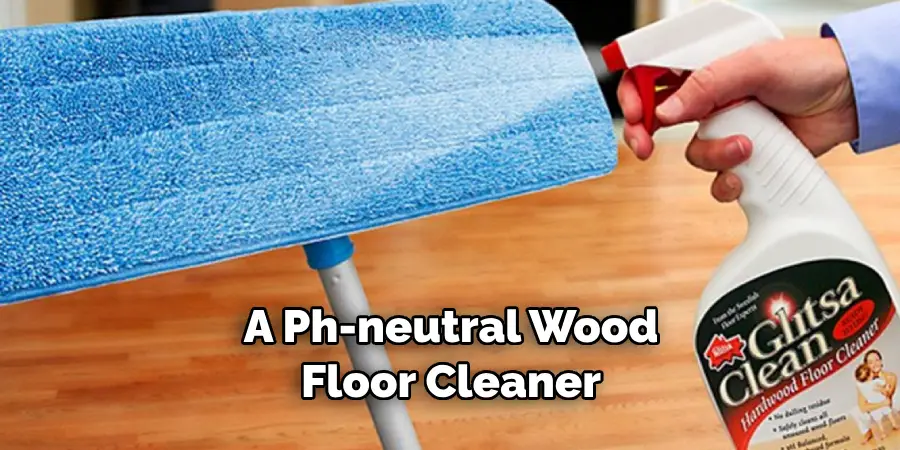
Method 5: Dealing with Grease and Oil Spills
Grease and oil spills can be challenging to remove from oiled wood floors. Start by blotting the spill immediately with a clean, dry cloth to absorb as much of the grease or oil as possible. Avoid rubbing or scrubbing, as it can spread the stain. Next, sprinkle a generous amount of baking soda or cornstarch over the affected area and let it sit for several minutes to absorb the remaining oil. Once the powder has absorbed the oil, sweep or vacuum it up. If any residue remains, use a damp cloth with a pH-neutral wood floor cleaner to gently wipe the spot.
Method 6: Addressing Water Spills
When it comes to water spills on oiled wood floors, it’s crucial to act quickly to prevent water damage and warping. Immediately blot the spill with a dry cloth or paper towels until no more water can be absorbed. Avoid using excessive force or rubbing, as it can push the water deeper into the wood. Once the majority of the moisture has been absorbed, use a damp cloth to wipe the area gently. If needed, you can also employ a dehumidifier or fan to aid in drying the floor thoroughly.
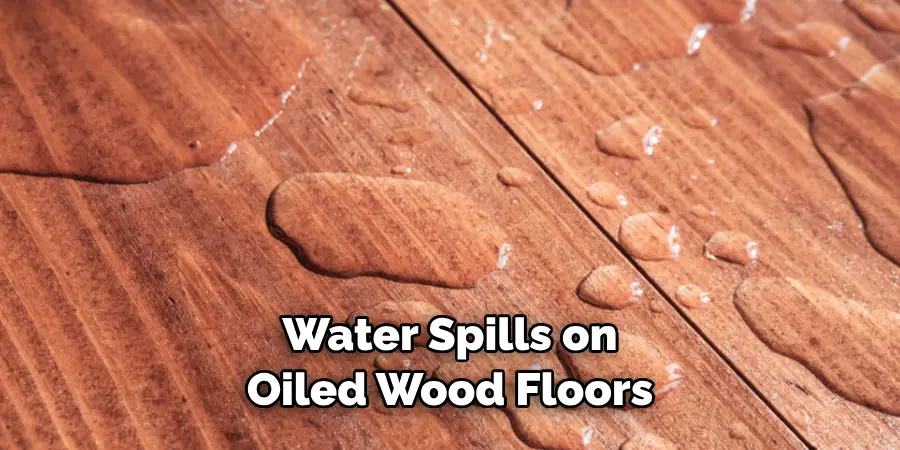
Method 7: Polishing and Rejuvenating
Over time, oiled wood floors may lose their luster and appear dull. To restore their natural shine, you can use a wood floor polish or rejuvenator specifically formulated for oiled wood. Apply a small amount of the product to a soft cloth and rub it into the floor in circular motions. Work in small sections, covering the entire floor. Make sure to follow the instructions provided by the manufacturer and allow sufficient drying time before walking on the floor again.
Method 8: Regular Maintenance
Preventive maintenance plays a crucial role in keeping oiled wood floors clean and in good condition. Place doormats or rugs at entrances to trap dirt, grit, and moisture before it reaches the floor. Avoid wearing high heels or shoes with hard soles that can scratch the surface. Place protective pads under furniture legs to prevent them from causing scratches or dents. Additionally, trim pet nails regularly to minimize the risk of scratching the wood.
Method 9: Avoid Harsh Cleaners and Techniques
When cleaning oiled wood floors, it’s important to steer clear of harsh chemicals and abrasive cleaning techniques. Avoid using vinegar, ammonia, or any acidic cleaners, as they can strip the oil finish and damage the wood. Similarly, abrasive materials like steel wool or harsh scrub brushes should be avoided, as they can scratch and dull the surface. Stick to pH-neutral wood floor cleaners and gentle cleaning tools to maintain the integrity of the oiled wood.
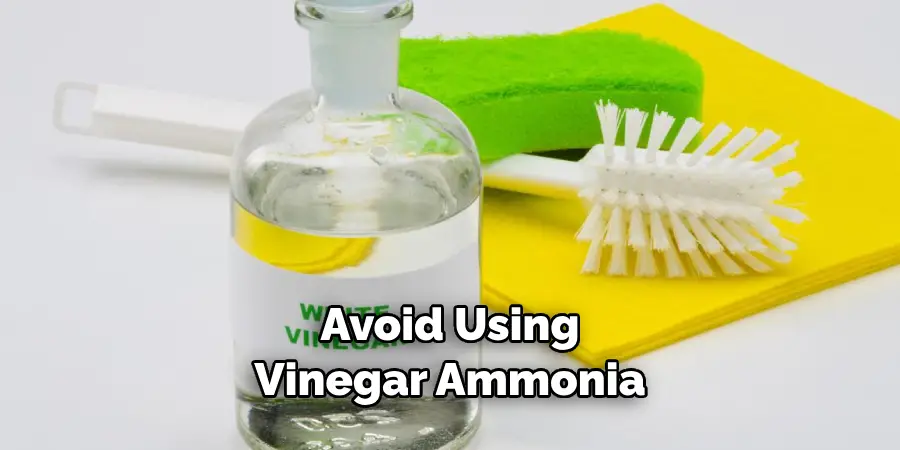
Method 10: Professional Maintenance
For deep cleaning or if your oiled wood floors require specialized care, consider hiring a professional floor cleaner. Professional cleaners have the knowledge, experience, and equipment to safely and effectively clean and maintain oiled wood floors. They can perform tasks such as deep cleaning, stain removal, and refinishing, ensuring your floors remain in optimal condition for years to come.
Conclusion
Taking the time to properly clean your oiled wood floors will help keep them looking beautiful and help maintain their longevity. Regular maintenance is key, making sure that surfaces are regularly wiped down and polished, stuck on residue like gum is removed quickly, and spills are cleaned as soon as possible. With careful attention to these areas, your oiled wood floors should stay looking great for years to come.
Now that you know how to clean oiled wood floors don’t let procrastination get the best of you. While it does take a few steps each time, hopefully now you understand the process and why it’s worth taking the extra step to make sure your floor is properly cared for. So don’t wait any longer, take action today — your floors will thank you!
About
Angela is the chief editor of Indoorense. She began her career as an interior designer before applying her strategic and creative passion to lifestyle and home.
She has close to 15 years of experience in creative writing and online content strategy for housekeeping and cleaning,home decorations as well as other efforts.
She loves her job and has the privilege of working with an extraordinary team. She lives with her husband, two sons, and daughter in Petersburg. When she’s not busy working she spent time with her family.

